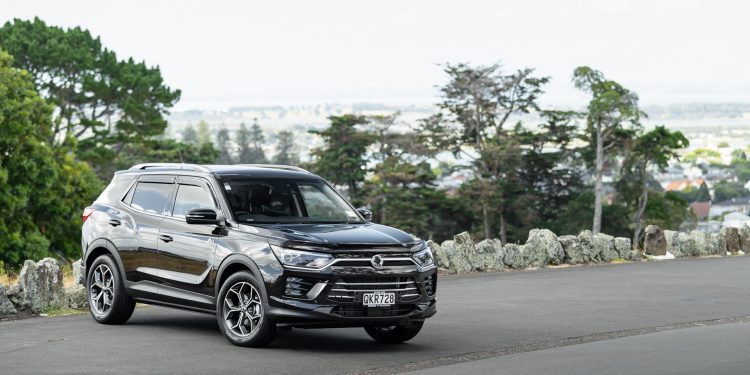2024 SsangYong Korando Limited review
Words: Peter Louisson | Photos: Isaac Western
If ever a firm had a bad run of luck but survived to tell the tale, then that would be SsangYong, aka KGMobility in some markets.
When we went to pick up the Korando you see here (kitted out with monsoon accessories) there wasn’t a SsangYong badge in sight, on the vehicle that is, the one on the tailgate reading KGMobility.
But it was clearly a SsangYong dealership. Not for much longer perhaps, if the badging is any hint. New Zealand may forge ahead and become a KGM Motors country, just like the UK is transitioning to right now.
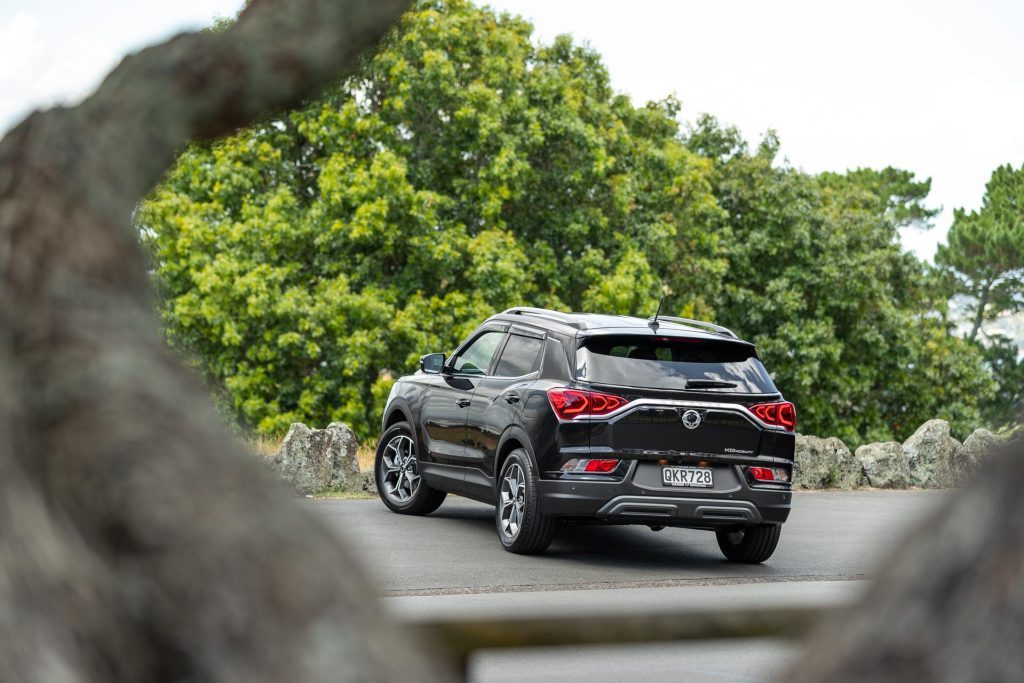
Whatever happened to SsangYong? Some questionable styling, and dated engine tech probably contributed to receivership but it was saved from extinction by Mahindra and Mahindra in 2010.
However it didn’t sell well in India so it was cast adrift a decade later. An attempt by a white knight Korean EV start-up, Edison Motors, failed at the first hurdle in 2022 and that was when the huge Korean industrial conglomerate, KG Group, swooped in to save the day.
The new owner kicked off things by indicating it would drop the SsangYong tag with a KGM rename, retaining the winged badge.
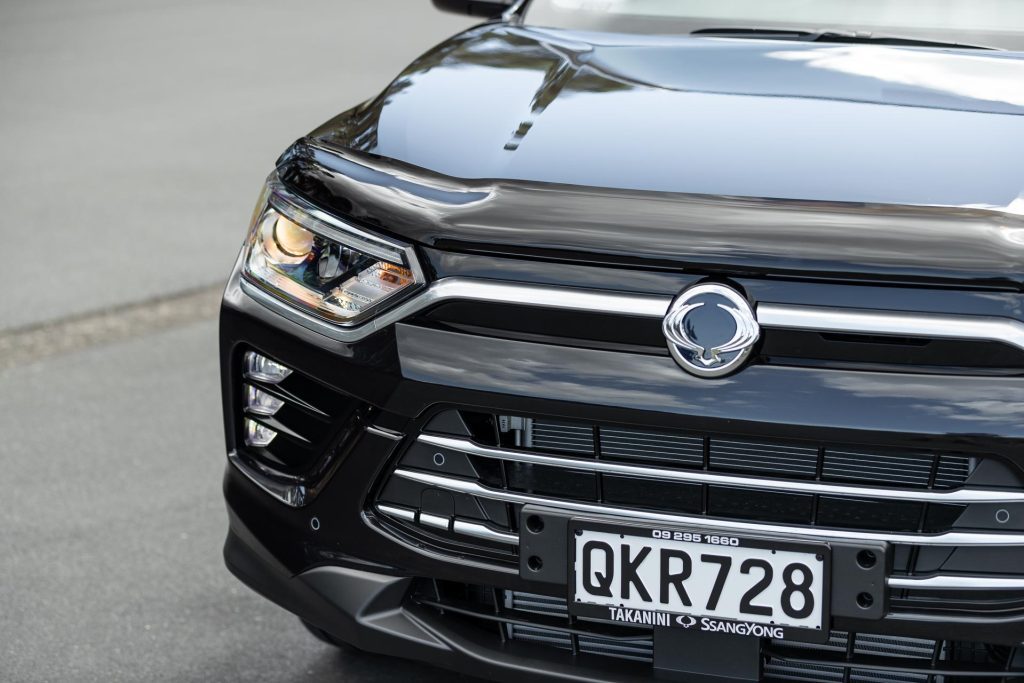
That was because its future product was looking like being fully electric and the M for Mobility tag would therefore have been entirely appropriate. However, in the interim the headlong BEV charge seems to have faltered globally.
And caught in all the mayhem is SsangYong/KGM who we haven’t heard much from of late, understandably.
The company continues to produce items like updated the SsangYong Rexton, along with smaller crossovers like Korando and facelifted Tivoli but we understand new offerings are coming, still in the SUV/crossover area primarily and with robustness (‘Powered by Toughness’) at their core.
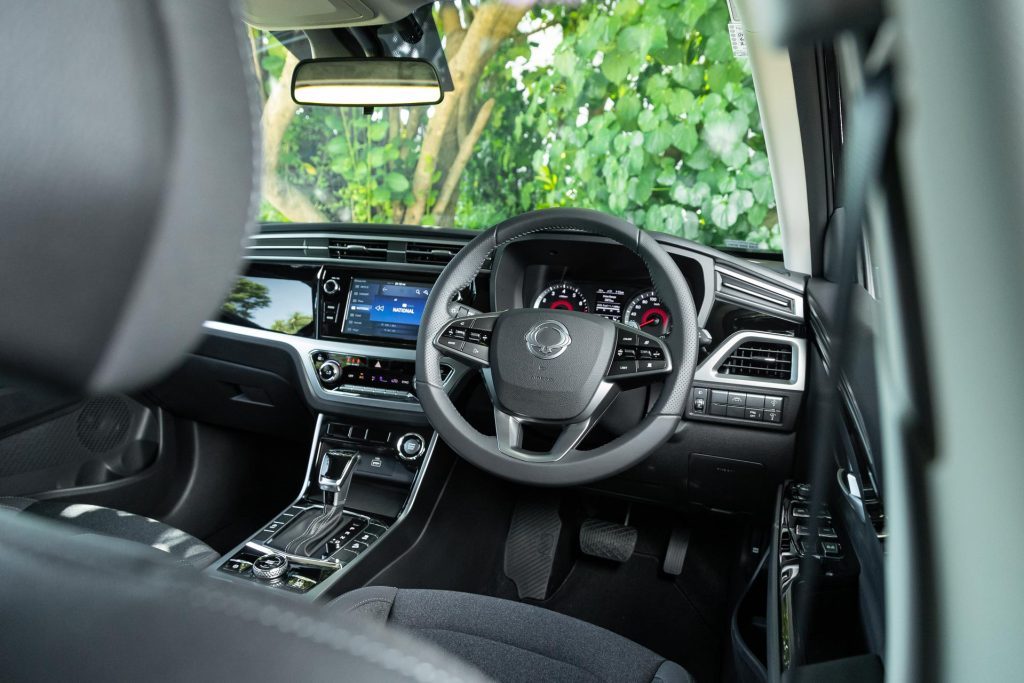
But there is likely to be a shift away from the ‘value for money’ proposition which management sees as outdated, to a greater commitment to things electric. And expect pick-ups to feature in the new line-up as well.
Driving Korando is a bit of a time capsule experience, harking back to 2020 when we last drove the Limited model.
Nothing much seems to have changed and it still drives reasonably well, with the one minor exception being ride quality compared with modern equivalents – it feels a little unsettled over high frequency bumps, though primary ride is alright.
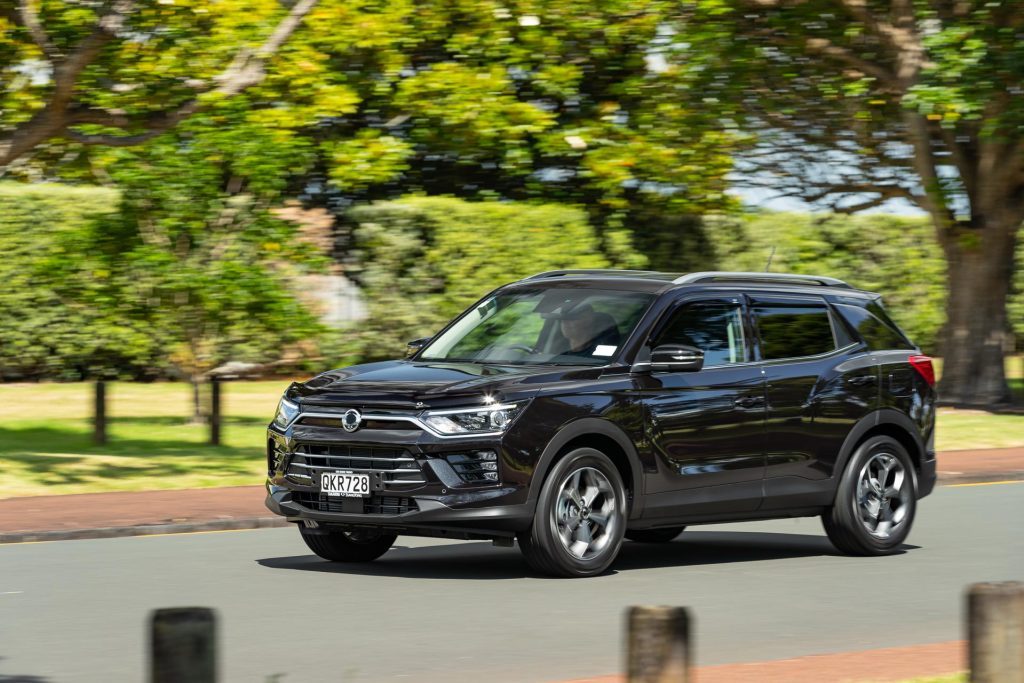
Safety items include things like AEB and adaptive cruise, lane keeping and the like. It merited a five-star ANCAP safety rating in 2019 but without blind spot monitoring it wouldn’t now.
What it also doesn’t have is every conceivable extra under the sun, which many of its more modern rivals get. For example, seats are cloth covered, there’s no lumbar adjust and heater elements are missing in action.
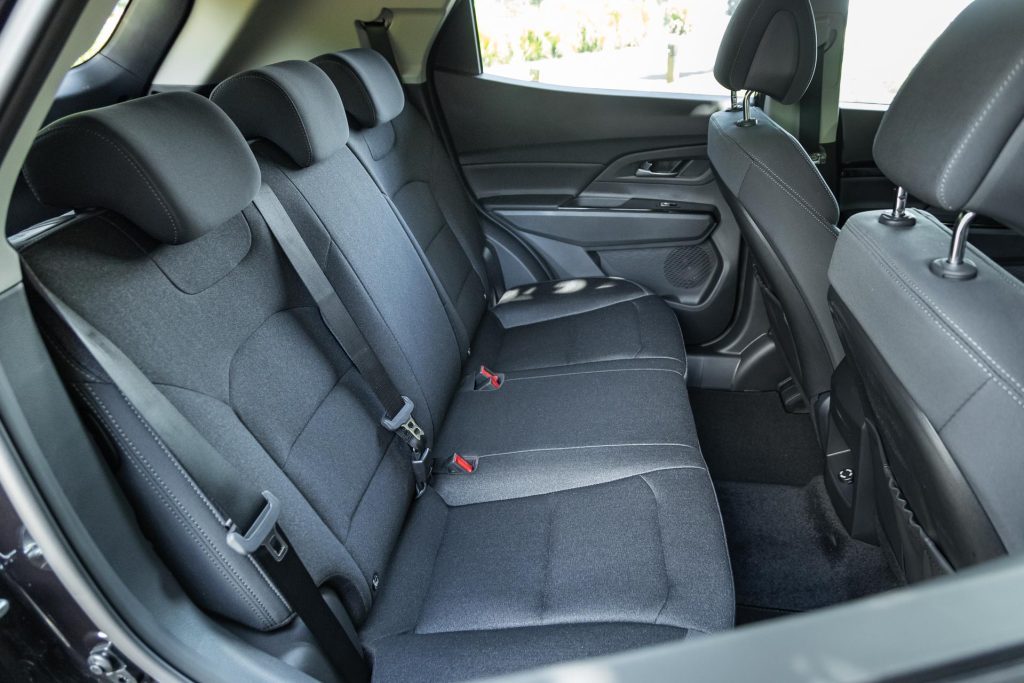
There’s no Qi charger or sat nav, and no powered rear door. No digital instruments either. Yet the asking price is $10k more than it used to be in 2020 ($5k more than in 2022) no longer making it the value for money proposition it once was.
The performance is okay, so long as you’re not expecting too much. Its 1.5L turbopetrol is good for 120kW and 280Nm, and it gets along pretty well, not a fireball but nor is it lacklustre.
The six-speed automatic transmission (another blast from the past) tends to take its time upshifting, slowing the show slightly. However, it was a bit quicker against the stopwatch using the paddle shifters.
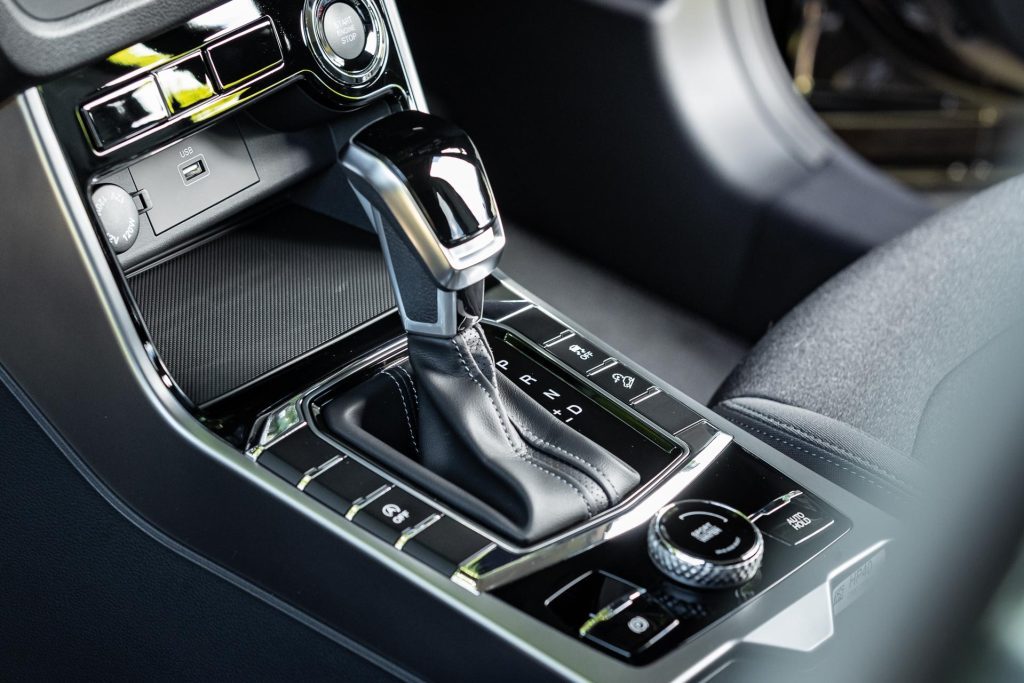
There are a couple of drive modes to choose from, Normal and Sport but there’s not a whole heap of difference between the pair, so we left it the former mostly to save gas.
Not that its average figure in the sevens is anything to get excited about but rightcar.co.nz reckons 8.3 so you can beat that easily enough. SPL figures averaged 73.5dB, not bad given the age of the vehicle.
Handling from the front driver is also average to middling, the steering well weighted if a touch slow at 2.9 turns lock to lock, but the grip is good with 225/60R17 rubber.
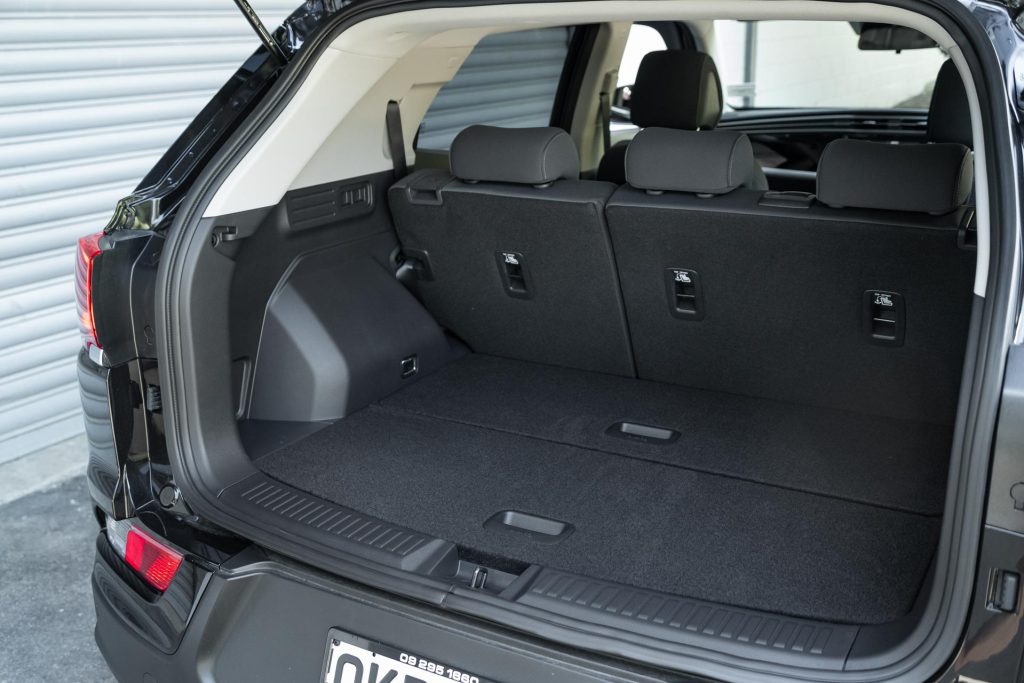
There are a few other old time quirks. The car recognises the smart key and the mirrors unfold but it doesn’t auto unlock. It sings an orchestral ditty at start up and close down but you can (and will want to) dispense with that.
And there’s a full spare, eating into luggage capacity (486L is still okay though).
Being older in design, the touchscreen is small but simple to use – saving stations is a snip.
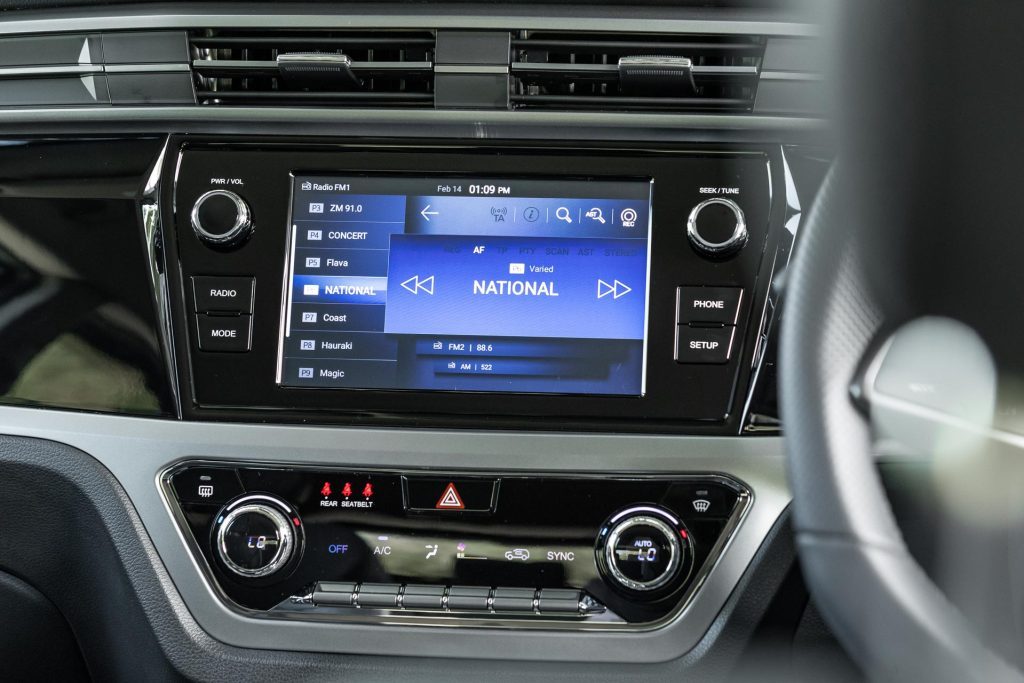
Pleasingly, aspects like the self-steering part of the adaptive cruise system can be quashed at the touch of a button. Analogue dials are quaint, as is the option of a diesel AWD model.
The first cab off the new KGM Global rank will be the Torres SUV, slotting in between Korando and Rexton for size.
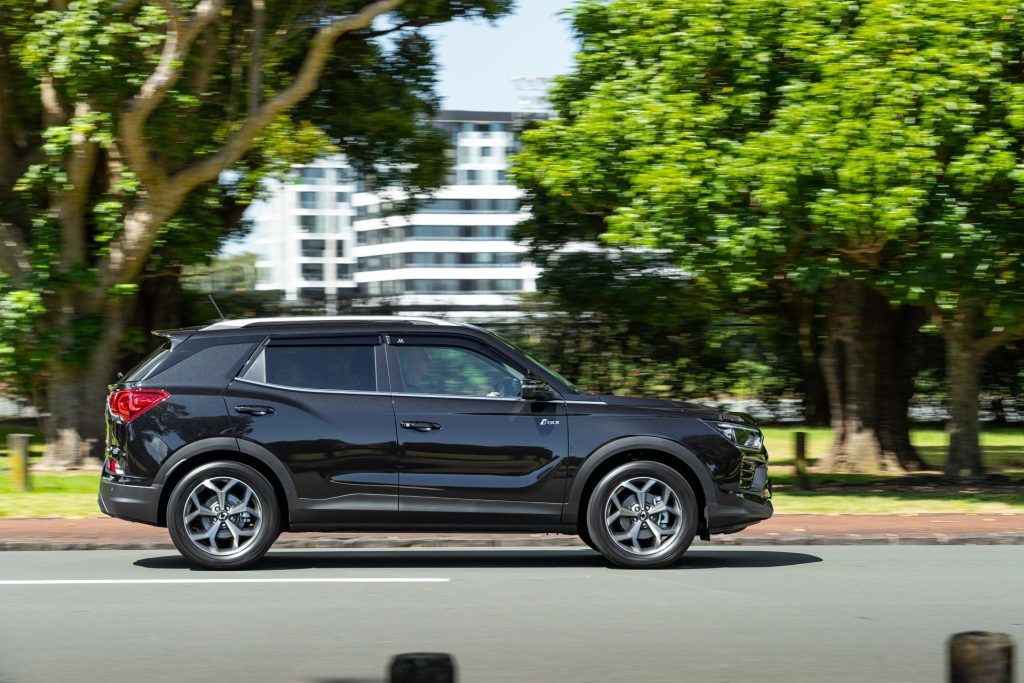
It will be available with ICE power initially (think: Korando powertrain) while a single-motor EV variant will follow, fed by a 73.4kWh battery pack.
This is launching imminently in the UK so will likely be here soon as well.
| Model | SsangYong Korando Limited |
| Price | $45,990 |
| Engine | 1497cc, IL4, T, DI |
| Power | 120kW |
| Torque | 280Nm |
| Drivetrain | 6-speed auto / FWD |
| 0-100 km/h | 9.54s |
| Fuel Use | 8.3L/100km |
| C02 Output | 193g/km |
| Weight | 1435kg (claimed) |
This story first appeared in the March 2024 issue of NZ Autocar magazine.


